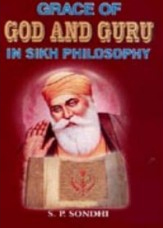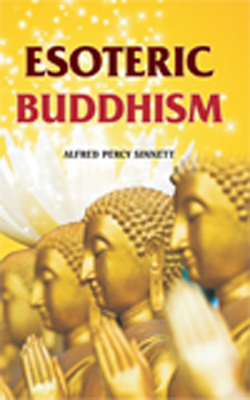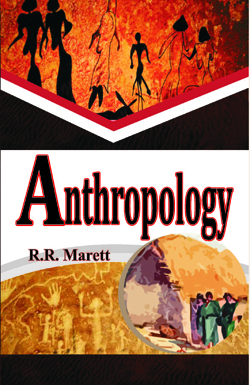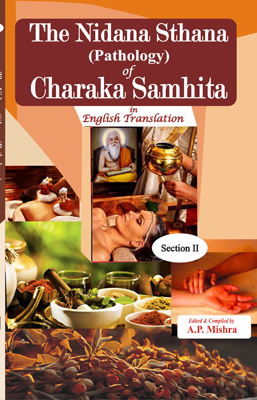Description
About the Book
The Rig Veda Samhita is one of the oldest collections of Vedic Sanskrit literature. It is considered as one of the four sacred Vedic scriptures compiled in an ancient form of Sanskrit about 1500 BC in the Punjab region of India and Pakistan. This English translation in three volumes is a collection of nearly a 1028 hymns (suktas) and 10600 of verses organised into 10 books (mandalas). These verses are dedicated to various deities, chief of whom are Indra, a heroic god praised for having slain his enemy Vrtra; Agni, the sacrificial fire; and Soma, the sacred potion or the plant it is made from. The Rig vedic hymns were a reflection of Hindu philosophy and ideology. They were used for ceremonial purposes during weddings and other religious rites. There are several fascinating Sukta iterations available to drive away sickness and various forms of negativity from one’s life. Morality and good communal behavior are also addressed in the Veda. It deals with current issues, including gaming and the correct implementation of good governance measures. Throughout these volumes, there are several references to the necessity of worship, sacrifices, and religious rites.
About the Author
Ralph T.H. Griffith was an eminent Indologist and among the first Europeans to translate the Vedas into English. In 1853, he joined the Indian educational service, and on 17 December, he became the Professor of English literature at the Benares Government College. Based on his deep knowledge and contribution in the field, he was promoted to Headmaster on the same college on 1st June, 1854. In 1861, he succeeded to the principal ship of the Benares College and held the post for seventeen years, in the course of which he acted three times for short periods as director of public instruction. Griffith was attracted by the literary rather than by the linguistic side of Sanskrit. He devoted himself for nearly half a century in translation of Vedas and two Epics from Sanskrit to English.











Reviews
There are no reviews yet.